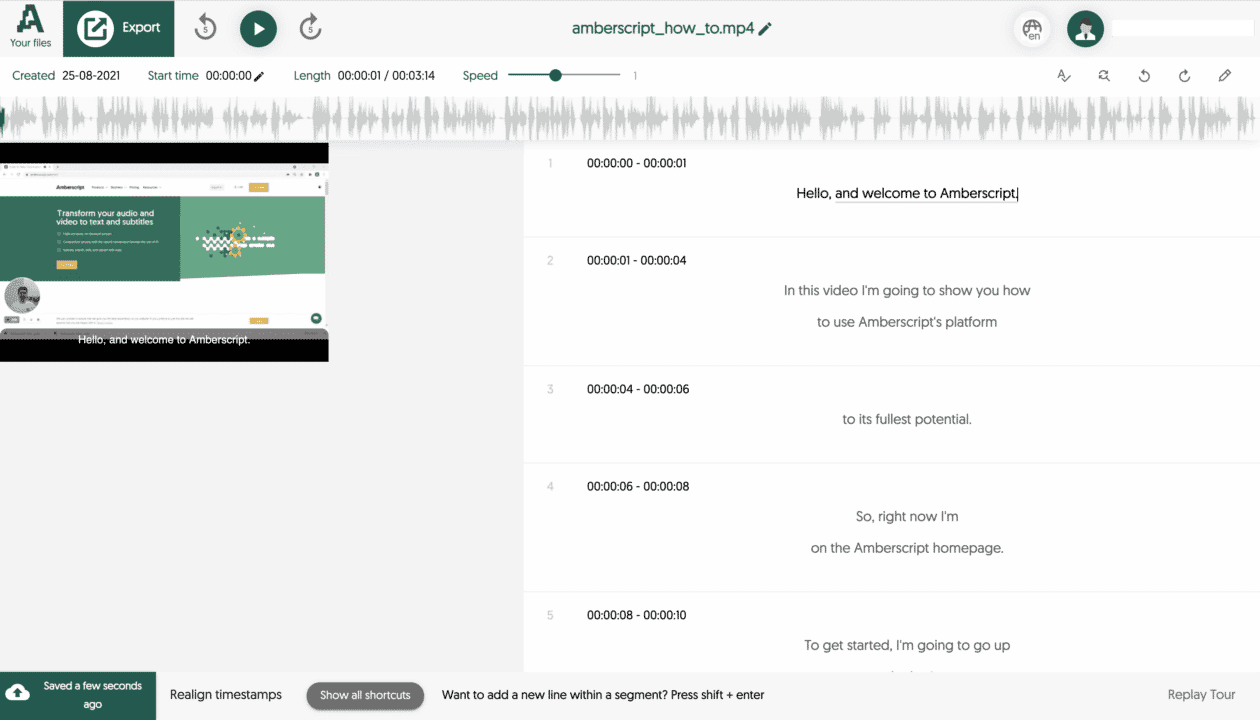


( 1995) observed a decrease in the available P content in soil after 11 consecutive years of straw retention in an Indian rice–wheat rotation cropping area. Other studies have shown that straw retention has no significant effect on the available P in soil (Malhi et al. In waterlogged soils under rice, crop residues can increase the availability of indigenous P as a result of intense soil reduction (Singh et al. The products of organic residue decomposition can also modify the availability of native soil P (Yadvinder et al. Residues also increase the P availability in soil by stimulating the microbial production of organic acid anions and phenolic compounds, which might lead to the mobilization of adsorbed P through competition for P adsorption sites (Xu et al. ( 2004) in northern India observed that continuous straw retention coupled with the application of chemical fertilizer increased the content of available P in the soil. ( 2012) in southern China and Yadvinder et al. ( 1988) found that straw retention in wheat pasture rotations did not have an impact on subsequent crops, although it increased the level of organic P in the soil. ( 2007) observed that after four consecutive years of straw retention, the levels of available P, organic P, and inorganic P in the soil increased to varying degrees, and continuous straw retention provided an equivalent of 13 kg ha −1 year −1 of inorganic P. In a northern Indian rice–wheat rotation area, Gupta et al. Several studies have demonstrated that multiple years of continuous straw retention reduce the absorption of P in soil and increase the level of P released to the surface soil compared to the practice of straw burning, straw retention increases the available P content of soil and the crop yield (Pathak et al. 1982), and microbial activity has been shown to play a major role in redistributing P into different forms in the soil. Biological and biochemical reactions, such as mineralization and dissolution by phosphatase enzymes, control much of the organic P fractions (McGill and Cole 1981 Murrmann and Peech 1969 Medley et al. The practice of straw retention has been reported to affect available P concentrations in the soil and, consequently, crop yield (Beri et al. The orthophosphate taken up by crops originates from the soil solution and solid phase of various inorganic and organic P fractions (Negassa and Leinweber 2009). Compared with other major nutrients, P is by far the least mobile and least available to plants under most soil conditions (Hinsinger 2001 Schachtman et al.

Inorganic P in soil is the primary source of P for crops (McDowell and Stewart 2006), and the majority of bio-available P is water-soluble inorganic P (Toor et al. Phosphorus is a critical nutrient for biological activity (Ramaekers et al.

Rice ( Oryza sativa L.) is one of the most important crops worldwide, but its production is limited by soil phosphorus (P) deficiencies in many parts of the world (Fageria et al. The results of experiments A and B showed that SRT had no significant impact on the rice yield however, continuous observations over a number of years are required to verify the results. The available P concentration in the soil solution increased with the amount of applied P fertilizer, and the rice yield also increased with increasing applications of P fertilizer. In addition, in the 10–20-day period after transplantation, the available P concentration in the soil solution was high, although it decreased thereafter. SRT decreased the available P concentration in the soil solution, although it did not alter the trend of available P concentration in the soil solution during plant growth. In this study, a field experiment (experiment A: straw retention (SRT) treatment versus straw removal (SRM) treatment) exposed to 3 years of continuous SRT and a pot experiment (experiment B: five P levels SRT and SRM treatments) with different concentrations of applied P fertilizer were conducted to study the effects of SRT and P fertilizer application on the available P concentration in the soil solution during rice growth and on rice yield. Phosphorus (P) is an essential nutrient for proper rice growth, and available P in the soil solution is a direct source of P for rice uptake.


 0 kommentar(er)
0 kommentar(er)
